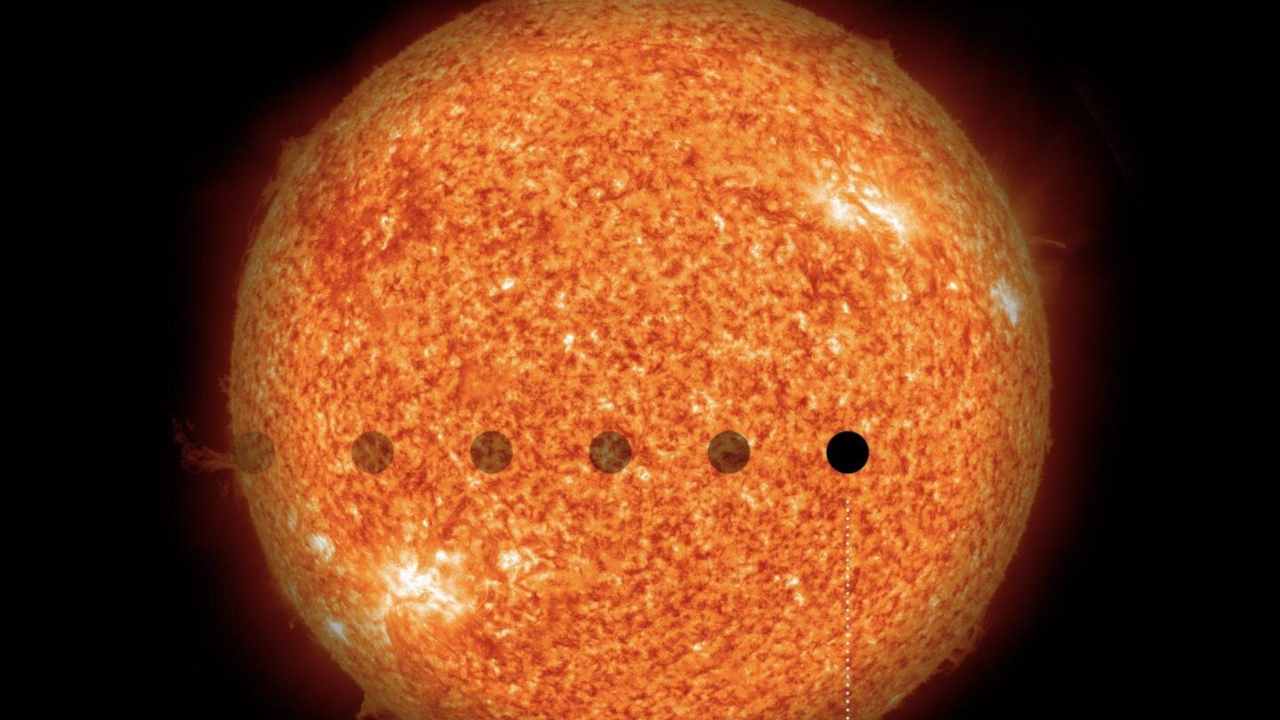In the ongoing search for planets similar to Earth in size and condition, scientists just made a big sweep: eighteen newly-discovered planets beyond the solar system, including one of the smallest known exoplanets and another that may be habitable. Previous surveys had overlooked these exoplanets due to their small size, according to researchers at the Max Planck Institute for Solar System Research (MPS) in Germany. The research, published in
two papers in the journal Astronomy & Astrophysics re-analysed data collected by
**NASA's Kepler Telescope** along with a more sensitive new method to detect exoplanets developed by the team. Also read:
**NASA retires Kepler telescope after nine years of exoplanet hunts and discoveries** The study estimates that this new technique — called the transit least-squares survey — opens the doors to discovering over 100 additional exoplanets in data that
**the Kepler mission** has already collected, according to the study. [caption id=“attachment_6713281” align=“alignnone” width=“1280”] The new algorithm doesn’t look at abrupt drops in brightness like previous standard algorithms, but for the characteristic, gradual dimming and recovery. This makes the new transit search algorithm much more sensitive to smaller exoplanets. Image: NASA[/caption] As for future discoveries of new worlds in our solar system’s neighbourhood, scientists estimate that there are around 4,000 planets orbiting stars outside our solar system. Of them, 96 percent of them appear to be significantly larger than our Earth, with most comparable with gas giants like Neptune or Jupiter. While the percentage is overwhelmingly skewed towards massive-sized exoplanets, it may differ quite a bit in reality, since small planets are much harder to track down than big ones. Exoplanets that are relatively small are fascinating targets for Earth-like, potentially habitable planets outside the solar system. The smallest of the eighteen in the study is only 69 percent Earth’s size and the largest of them only twice as large as the Earth.
**
For exoplanets, one style doesn’t fit all
**Scientists often use the “transit method” to look for stars that create periodic drops in brightness as it passes in front of its star. If a star happens to have a planet whose orbital plane is aligned with the line of sight from Earth, the planet occults a small fraction of the stellar light as it passes in front of the star once per orbit. This doesn’t work all that well in the case of small planets, though, which are way harder to spot. The effect they have on a star’s visible light is so faint that fluctuations and noise from space that comes with any kind of space observation render the method useless. Now, the team has shown that the transit method can be improved considerably if a more realistic light curve is assumed in the search algorithm. The new algorithm looks for characteristic, gradual dimming and recovery like you would expect from an exoplanet of a smaller size. This makes the new transit search algorithm much more sensitive to small planets the size of the Earth. “Our new algorithm helps to draw a more realistic picture of the exoplanet population in space,” Michael Hippke from the Sonneberg Observatory
told PTI. “This method constitutes a significant step forward, especially in the search for Earth-like planets,” he added. [caption id=“attachment_5554001” align=“alignnone” width=“1280”] Artist’s impression of the surface of the Super-Earth planet Barnard b. The newly discovered planet is the second-closest known exoplanet to the Earth and orbits the fastest moving star in the night sky. Image courtesy: ESO[/caption]
Wet, new worlds
“In most of the planetary systems that we studied, the new planets are the smallest,” Kai Rodenbeck, one of the study’s authors from the University of Goettingen, Germany told PTI. Most of the newly-formed planets orbit their star closer than their previously-known planetary companions. For this reason, they also have surface temperatures far hotter than 100 degrees Celsius — some even going up to 1,000 degrees Celsius. That said, there’s one exception to this: small planets that orbit red dwarf stars in the so-called “habitable zone”. At this suitable distance from its host star, there’s a good chance the planet offers conditions for liquid water to exist on its surface — a prerequisite for life (as we know it) on Earth.


)
)
)
)
)
)
)
)
)



